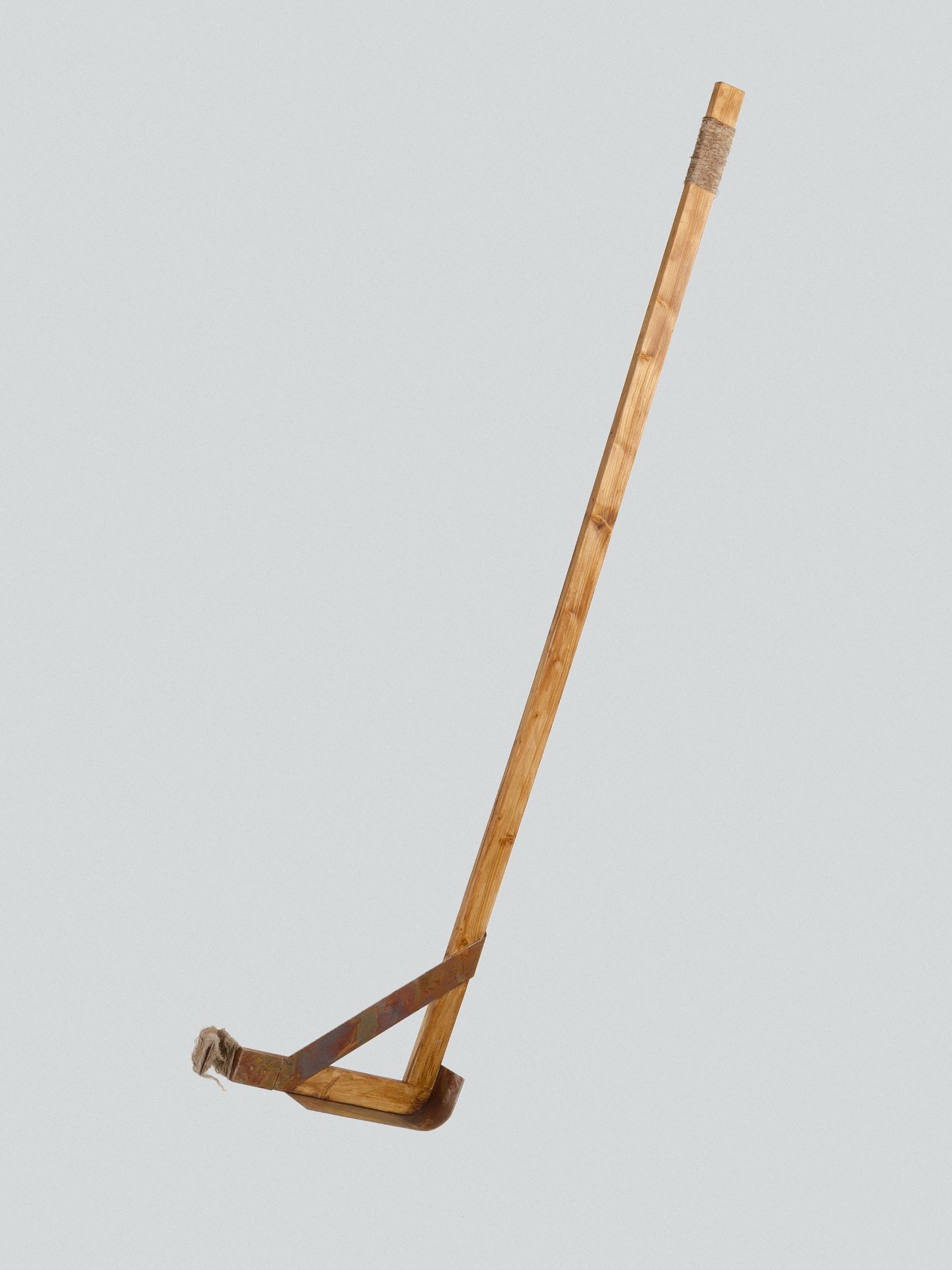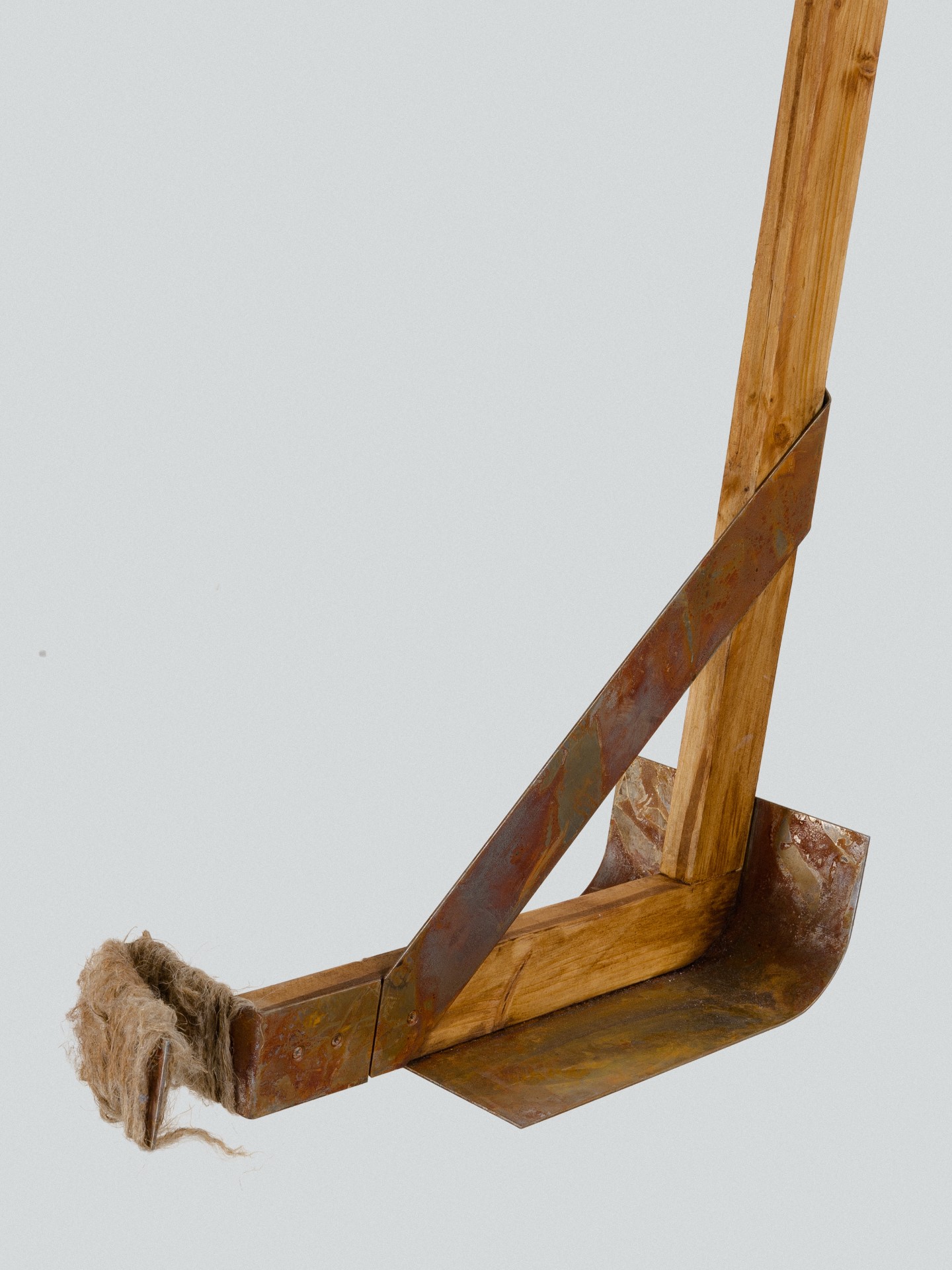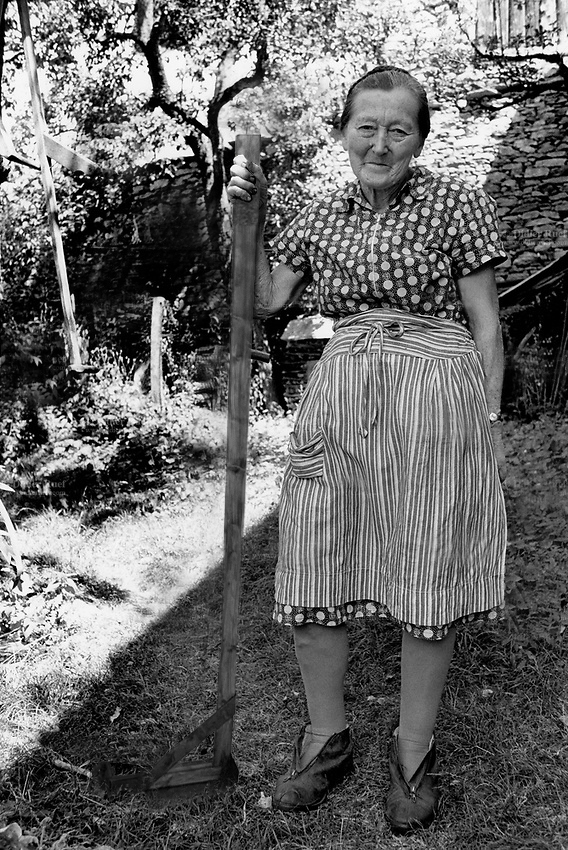The word chidder is of Slovak origin, however, due to the centuries of co-existence, it became widely used among Hungarians as well. It is a compound of two Slovak words: chybny (bad) and céder (cedar).
In Hungary, the examination of cedars was first started by ERTI between the 1940s and 1950s. At first they experimented with the naturalisation of the trees in small areas, precisely in Neszmély, Agostyán and Budafa.
Neszmély is located in Hungary at the Slovakian border, where the first cedar seedlings were all uprooted two days after planting, due to a storm. This gave rise to the term chidder, which was used to describe cedars that were judged to be poorly rooted. Originally, it was only used for these cedar trees, however it later became a general name for all trees that were easily uprooted by the wind.
The term chidder-puller was first recorded in 1951. The appearance of the word is linked to the fact that during the deportations, many people were forced to work in agriculture, even those who had never done any physical work before. The relocated labourers were expected to perform in the same way as their proficient neighbours. In many villages the co-existence of the deportees and the original inhabitants led to conflicts between the two parties. Therefore the locals started mocking the intruders by calling their tool for pulling out saplings a chidder-puller.


